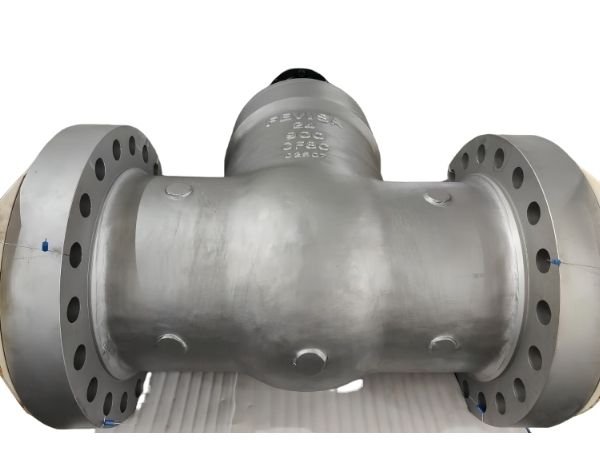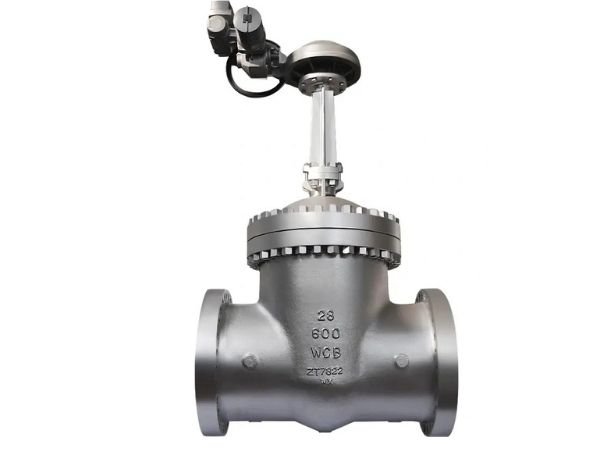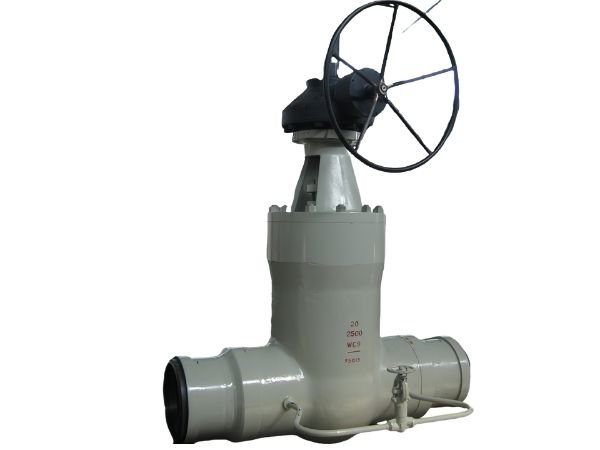Knowing the type of gate valve required when dealing with pipeline systems is vital to ensure its operation smoothness & overall efficiency. Gate valves are a vital valve in the regulation of the flow of liquids and gases, undertaking the task of a safe shut-off for the different types of applications.
In this in-depth guide, you will see many of the types of gate valves, their applications, and the proper ways to choose the ideal one for your water supply or industrial system. By the end of this article, you will possess all the information you need to make a decision.
What Is a Gate Valve?
Gate valve is a form of control valve control release or medium in pipeline. Unlike the other type of valves, gate valves are not intended for flow reduction throttling instead it is used for shutting off or opening the valve.
Key Characteristics of Gate Valves:
Full Bore Design: With a total full bore operation and minimal back pressure, you get a smooth operation.
Long-term Construction: Gate valves can resist high-pressure and high-temperature conditions.
Bidirectional Flow: They enable a liquid to flow in both directions without restrictions.
Gate valves are standard in a variety of industries: water supply systems, municipal water treatment units, oil refineries, and power plants.
Why Gate Valves Are Crucial
It is possible to query why gate valves are so widely used. Here’s why:
Faithful Shutoff: Gate valves offer a leakage-free seal, so they are excellent in ball applications where leakage prevention is a necessity.
Minimum Pressure Drop: As they are constructed of full bore gate valves, they are prone to minimal turbulence when fully open.
Versatility: Gate valves can flow a wide range of media from water and air to oil, gas and corrosive chemicals.
For instance, in water supply pipe, there gate valve to enable water flow normally, and tight off when in maintenance practise.
Types of Gate Valves: A Deep Dive
There is a variety of gate valves each having particular design characteristics suited for particular applications. Let’s explore them in detail.
1. Rising Stem Gate Valve
The one you can immediately identify as the rising stem gate valve is one where the stem is threaded up and down as the valve opens or closes. This design clearly indicates the position of the valve visually.
Applications:
Water Supply Systems: Best for use on lines where visuals are needed.
Oil and Gas Pipelines: Applied in areas where maintenance teams have to quickly verify valve positions.
Advantages:
Easy to operate and maintain.
Visual indicators eliminate the guesswork.
Considerations:
It needs more vertical space and does not lend itself to confined space.
Discover more about how to maintain a gate valve.
2. Non-Rising Stem Gate Valve
Unlike the rising stem design, where stem remains stationary and the gate operation, is located inside. It is an excellent option for narrow places.
Non-Rising Stem Gate Valve
ALT Text: A non-rising stem gate valve for underground water systems.
Applications:
Underground Pipelines: They are used often times for water distribution and fire hydrant systems.
Marine use: Suitable for compact areas on cruises and oil rigs.
Advantages:
Space-saving design.
Suitable for environments with limited headroom.
Considerations:
The stem position is out of sight; therefore, additional indicators may be needed.
Learn more about non-rising stem gate valves on Valve Magazine.
3. Wedge Gate Valve
Wedge gate valve has a wedge-shaped gate that is tightly sealed in the valve seat, the sealing tightness is very high even in the case of high pressure.
Applications:
Industrial Pipelines: Used in oil refineries and chemical plants.
High-Pressure Systems: Suitable for areas where leakage is unacceptable.
Advantages:
Superior sealing performance.
Durability and long-lasting.
Considerations:
Slightly more complex architecture may result in increased maintenance.
4. Parallel Gate Valve
The parallel gate valve is another type of gate valve in which the gate is flat and slide between two seats parallel to each other.
Parallel Gate Valve
ALT Text: Parallel gate valve in use for steam pipelines.
Applications:
Steam Systems: They are frequently utilized in power plants.
Chemical Processing: Suitable for low-pressure applications.
Advantages:
Simple design for easy maintenance.
Cost-effective for low-pressure systems.
5. Knife Gate Valve
For use in applications that deal with slurry or high-viscosity fluids, the knife gate valve has a sharp-edged gate to address the issue of wide solids.
Knife Gate Valve
ALT Text: This equipment controls punctual wastewaters with this knife gate valve.
Applications:
Wastewater Systems: Used in sewage and sludge treatment.
Pulp and Paper Industry: Ideal for handling fibrous materials.
Advantages:
Effective for viscous or solid-laden fluids.
Low maintenance requirements.
Considerations:
Not suitable for high-pressure systems.
6. Pressure-Sealed Gate Valve
A gate valve is primarily utilized where high pressure is expected to occur; hence, it is a pressure-sealed valve. Thus, the sealing of the valve tightens as the pressure rises, which eliminates chances of leakage.
Applications:
Steam Power Plant: Worked in a high-pressure steam power plant as well.
Oil and Gas Processing: Ideal for extreme operating conditions.
Advantages:
Superior sealing under high pressure.
Durable construction.
Considerations:
Higher initial cost due to specialized design.
7. Through-Conduit Gate Valve
Through conduit gate valve contains almost zero flow resistance making it ideal to use in the oil and gas transmission pipelines.
Through-Conduit Gate Valve
ALT Text: Through-conduit gate valve for smooth oil flow.
Applications:
Oil and Gas Pipelines: Used in long-distance transmission systems.
High-Flow Systems: The best way of reducing turbulence and pressure drop.
Advantages:
Smooth flow with minimal wear and tear.
Reduced energy consumption.
Considerations:
A large solar panel may need a considerable amount of installation area as compared to the one with a smaller area.
Maintenance Tips for Gate Valves
The following are some tips that will enable you maintain your gate valves all the time:
Maintenance: This involves inspection of the car to check if there are any signs of leaks or corrosion as well as checking for any signs of wear in the car’s components.
Lubrication: It is also_wrong with regards to lubrication of the moving parts in order to minimize friction.
Cleaning: Get rid of substances that cause blockage to enable the device run without any hitch.
Maintenance: Every once in a while, perform some test on the valve to see whether it opens or closes as desired properly.
Internal Link: Read our detailed guide on how to extend the lifespan of gate valves.


